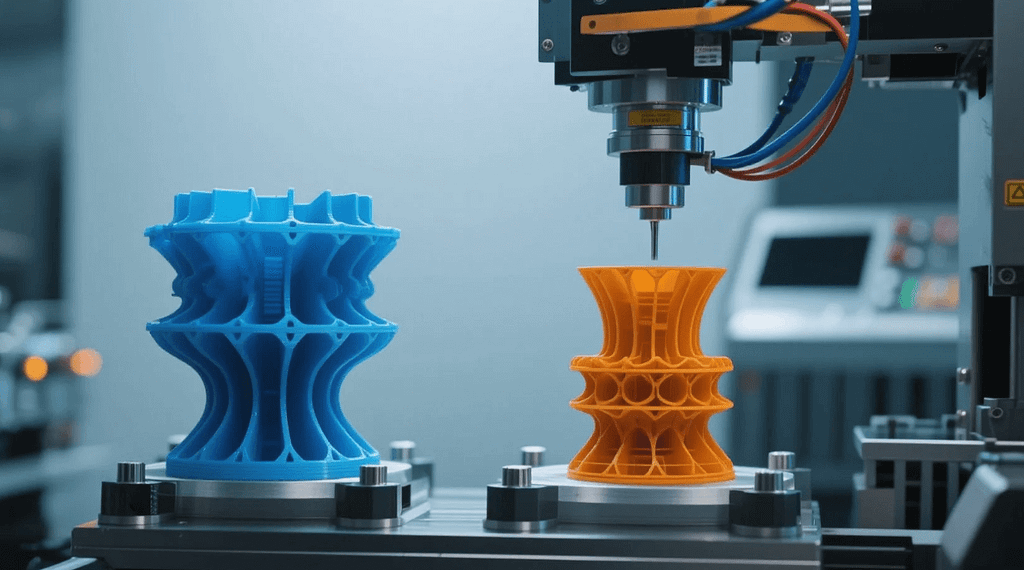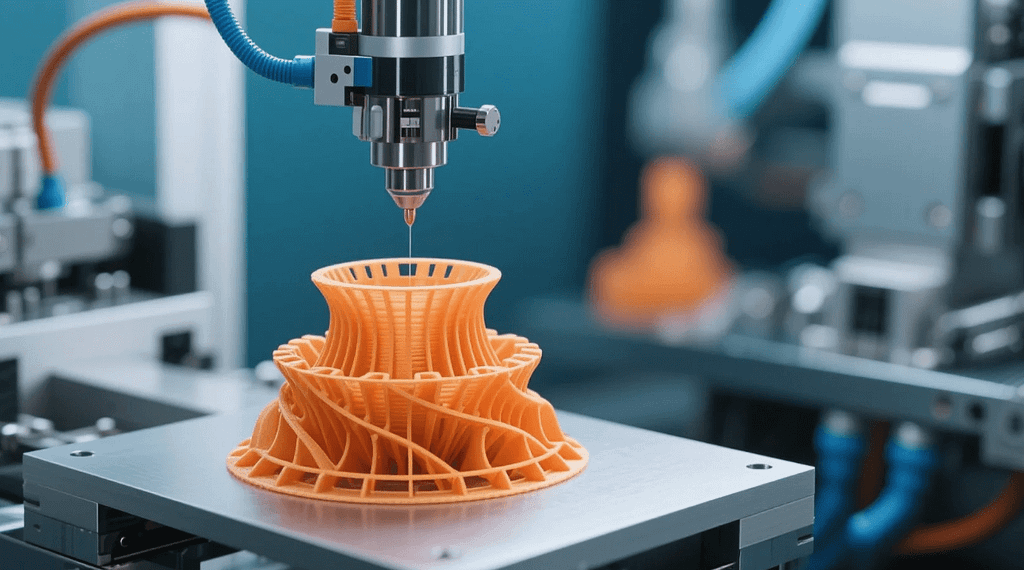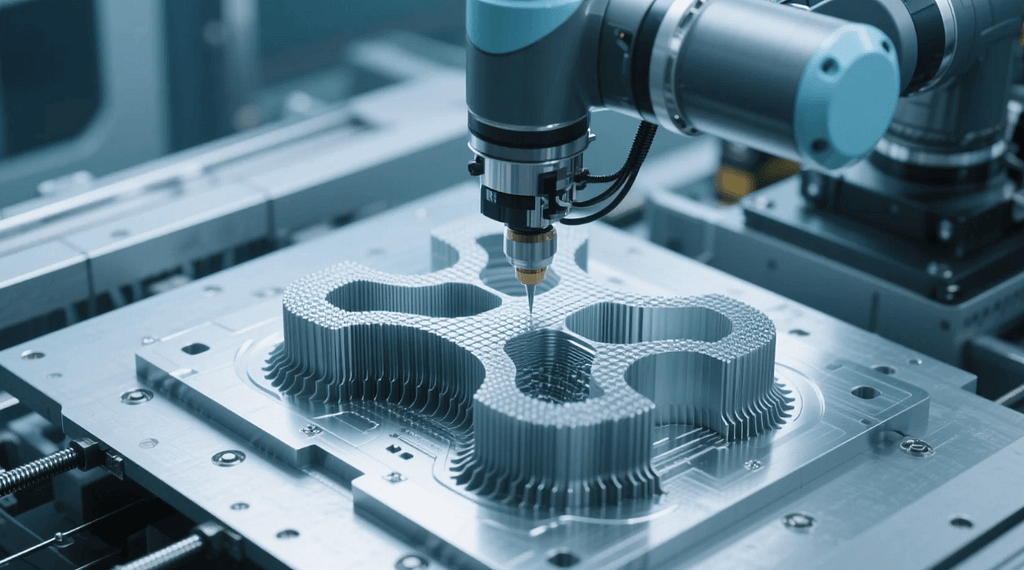In the dynamic world of industrial design and engineering, the quest for precision, efficiency, and innovation is perpetual. Traditional manufacturing methods, while effective for mass production, often fall short when it comes to creating intricate, highly detailed, or customized prototypes and models. This is where fabrication additive, commonly known as 3D printing, steps in, transforming the landscape of precision industrial model creation. This article will delve into the profound impact of fabrication additive on this specialized field, highlighting its distinct advantages and diverse applications for those seeking top-tier model solutions.
Qu'est-ce que la fabrication additive ?
Fabrication additive encompasses a range of technologies that build three-dimensional objects layer by layer from a digital design. Unlike subtractive methods, which remove material from a larger block, additive processes add material only where it’s needed. This fundamental difference leads to significant advantages in material efficiency, design freedom, and the ability to produce highly complex geometries that were once impossible or prohibitively expensive to create. For the creation of precision industrial models, this means an unprecedented level of detail and accuracy can be achieved, directly translating digital designs into physical realities with remarkable fidelity.
Key Characteristics and Advantages for Precision Industrial Models
The unique attributes of fabrication additive make it an ideal choice for the production of precision industrial models. Several core characteristics stand out:
Unparalleled Design Freedom
One of the most significant benefits of fabrication additive is the freedom it grants designers. Complex internal geometries, intricate lattices, and organic shapes that are difficult or impossible to produce with conventional methods can be easily realized. This allows for the creation of highly functional and aesthetically accurate models that faithfully represent the intended final product. Engineers can iterate designs rapidly, testing different configurations and features without the constraints imposed by traditional tooling or manufacturing processes.
Enhanced Accuracy and Detail
For industrial models, precision is paramount. Fabrication additive technologies, particularly those like Stereolithography (SLA) and Digital Light Processing (DLP), can achieve incredibly fine layer resolutions, often down to a few microns. This translates to models with smooth surfaces, sharp edges, and intricate details that accurately reflect the digital design. This level of accuracy is critical for fit and function testing, visual representation, and verifying design intent before committing to expensive tooling for mass production.
Material Versatility
The advancements in fabrication additive have led to a wide array of printable materials, each with unique properties. From rigid plastics and flexible elastomers to high-performance resins mimicking engineering-grade materials, the choice of material can be tailored to the specific requirements of the industrial model. This versatility allows for the creation of models with specific mechanical properties, thermal resistance, or even transparent qualities, further enhancing their utility for various testing and presentation purposes.
Speed and Efficiency in Prototyping
The ability to rapidly produce physical models from digital files significantly accelerates the design and development cycle. Iterations can be printed and evaluated within hours or days, rather than weeks or months. This rapid prototyping capability allows for quicker feedback loops, reduced time to market, and substantial cost savings by identifying and rectifying design flaws early in the process. For companies focused on innovation, this speed is a crucial competitive advantage.

Applications in Precision Industrial Model Services
The impact of fabrication additive is particularly pronounced in the realm of precision industrial model services, catering to a diverse range of industries.
Product Development and Prototyping
In product development, fabrication additive is indispensable for creating functional prototypes that closely resemble the final product. These models are used for form, fit, and function testing, ergonomic studies, and even initial market feedback. The ability to produce highly detailed and accurate models allows designers and engineers to validate their concepts thoroughly before moving to mass production, minimizing costly errors.
Architectural and Urban Planning Models
Architects and urban planners rely on highly detailed physical models to visualize and present their designs. Fabrication additive allows for the creation of intricate building facades, landscape features, and complex urban layouts with remarkable accuracy. These models serve as powerful communication tools, enabling clients and stakeholders to better understand the scale, aesthetics, and spatial relationships of a proposed project.
Medical Device Prototyping
The medical industry leverages fabrication additive for prototyping intricate surgical instruments, custom prosthetics, and patient-specific anatomical models. The precision offered by these technologies is crucial for ensuring proper fit and function in highly sensitive applications. Furthermore, the ability to create complex internal structures can lead to innovative designs for medical devices that improve patient outcomes.
Automotive and Aerospace Design
In the automotive and aerospace sectors, precision industrial models are vital for testing aerodynamics, validating component designs, and visualizing interior layouts. Fabrication additive enables the rapid production of scaled models or full-scale prototypes with complex geometries, allowing for extensive testing and refinement before committing to expensive manufacturing processes. This speeds up the design cycle and reduces development costs.
Consumer Electronics and Industrial Design
For consumer electronics and general industrial design, the aesthetic and ergonomic aspects of a product are critical. Fabrication additive facilitates the creation of visually stunning and tactilely accurate models that help designers evaluate form factors, button placement, and overall user experience. These models are instrumental in presenting new product concepts to marketing teams and potential investors.

The Future of Additive Manufacturing in Industrial Models
The trajectory of fabrication additive points towards even greater capabilities and wider adoption in the precision industrial model sector. Ongoing advancements in materials science are leading to new resins and filaments with enhanced mechanical, thermal, and aesthetic properties, pushing the boundaries of what can be achieved. Furthermore, improvements in print speed and resolution continue to make fabrication additive an even more attractive and efficient option.
The integration of fabrication additive with advanced software tools, such as generative design and artificial intelligence, will further optimize model creation, enabling even more complex and optimized designs. As the technology matures and becomes more accessible, it will continue to democratize the creation of high-fidelity industrial models, empowering designers and engineers across all industries to innovate faster and more effectively. The shift towards sustainable manufacturing practices also benefits from fabrication additive, as it inherently reduces material waste compared to subtractive methods.
Conclusion
Fabrication additive has undeniably revolutionized the field of precision industrial model creation. Its inherent advantages in design freedom, accuracy, material versatility, and speed make it an indispensable tool for engineers, designers, and innovators. For those seeking high-quality, accurate, and rapidly produced industrial models, embracing this technology offers a significant competitive edge and unlocks new possibilities for product development and visualization. As the technology continues to evolve, its role in shaping the future of industrial design will only become more profound, driving efficiency, fostering creativity, and enabling the realization of ever more complex and ambitious projects.
Frequently Asked Questions (FAQ)
What types of files are typically used for additive manufacturing of industrial models?
Common file formats include STL (Stereolithography), OBJ, and 3MF. These formats represent the 3D geometry of the model, allowing the printer to accurately reproduce the design.
How does additive manufacturing compare to CNC machining for precision models?
While both can achieve high precision, fabrication additive excels in producing complex internal geometries and intricate designs without the need for specialized tooling, often at a faster pace for prototypes. CNC machining is typically better for producing parts from dense materials and achieving extremely tight tolerances on simpler geometries.
What are the typical lead times for additive manufacturing of industrial models?
Lead times can vary depending on the complexity, size, and chosen technology, but often range from a few hours to several days. This is significantly faster than traditional manufacturing methods, which can take weeks or months.
Can additive manufacturing create models with different textures or finishes?
Yes, depending on the fabrication additive technology and post-processing techniques, various textures and finishes can be achieved. Some technologies inherently produce smoother surfaces, while others may require sanding, polishing, or painting to achieve the desired aesthetic.
Is additive manufacturing environmentally friendly?
Compared to subtractive methods, fabrication additive generally produces less material waste because it only adds material where needed. This contributes to more sustainable manufacturing practices.
